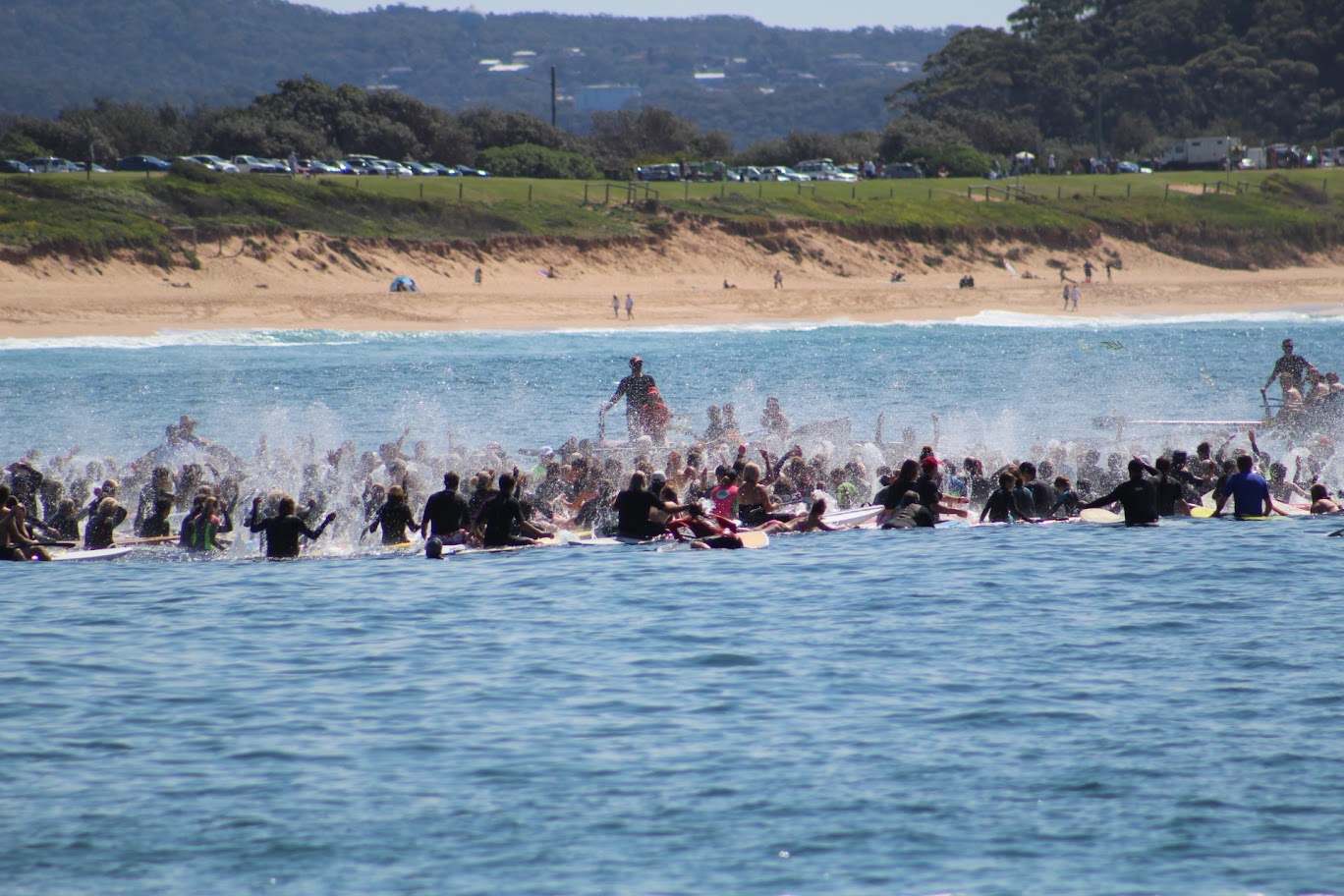Surfing's First World Championship At Manly In 1964: Midget farrelly Tribute At Palm Beach Given Go-Ahead
A great new video has been published by the Australian National Surfing Museum on February 15, 2024, featuring footage and photos from the first World Championships of Surfing, held at Manly, May 16-17, 1964.
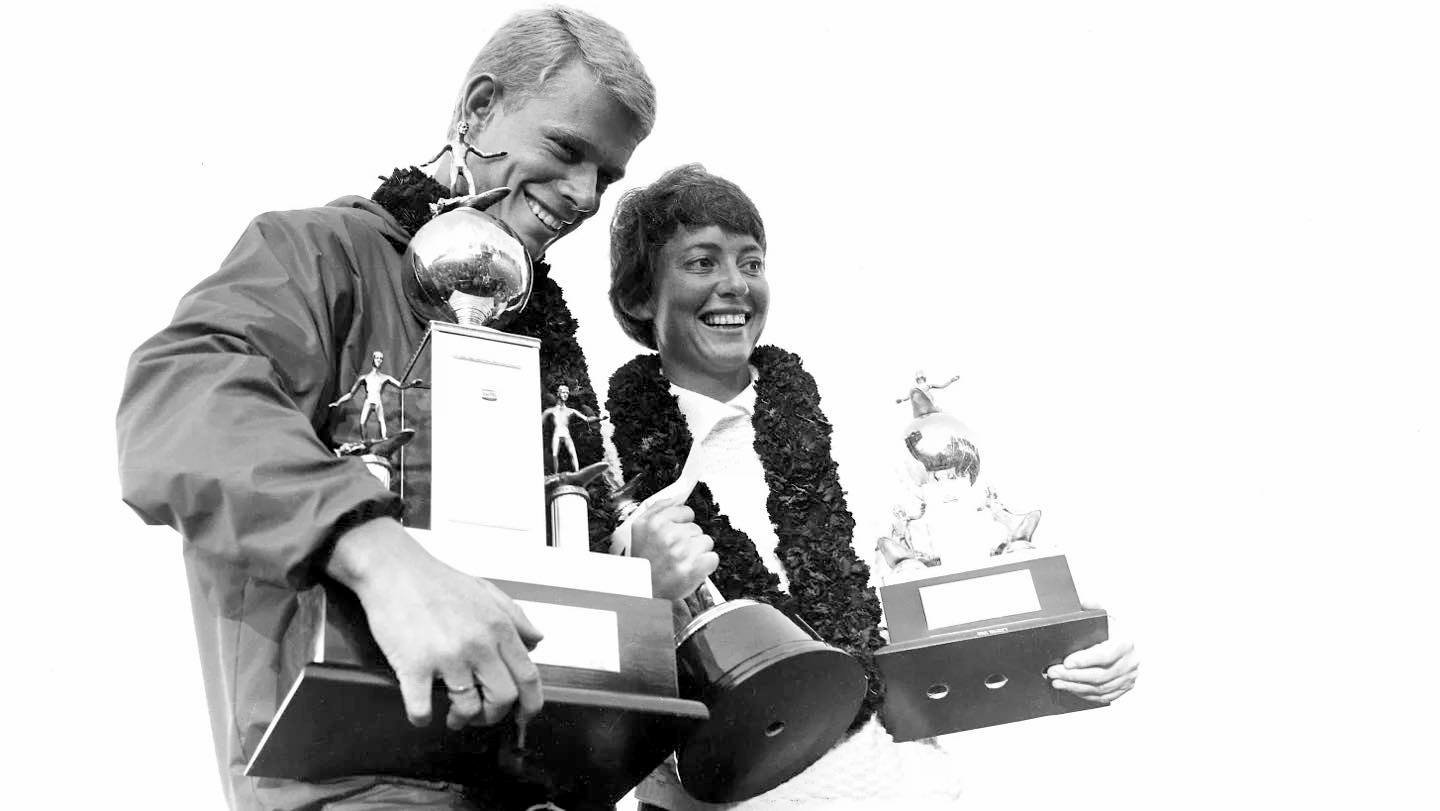
Winners Midget Farrelly and Phyllis O'Donnell with their trophies. CREDIT R.L. Stewart
From the World Titles he had a vest on with the number 3 on it during the heat rounds. His vest actually had number 2 during the final:
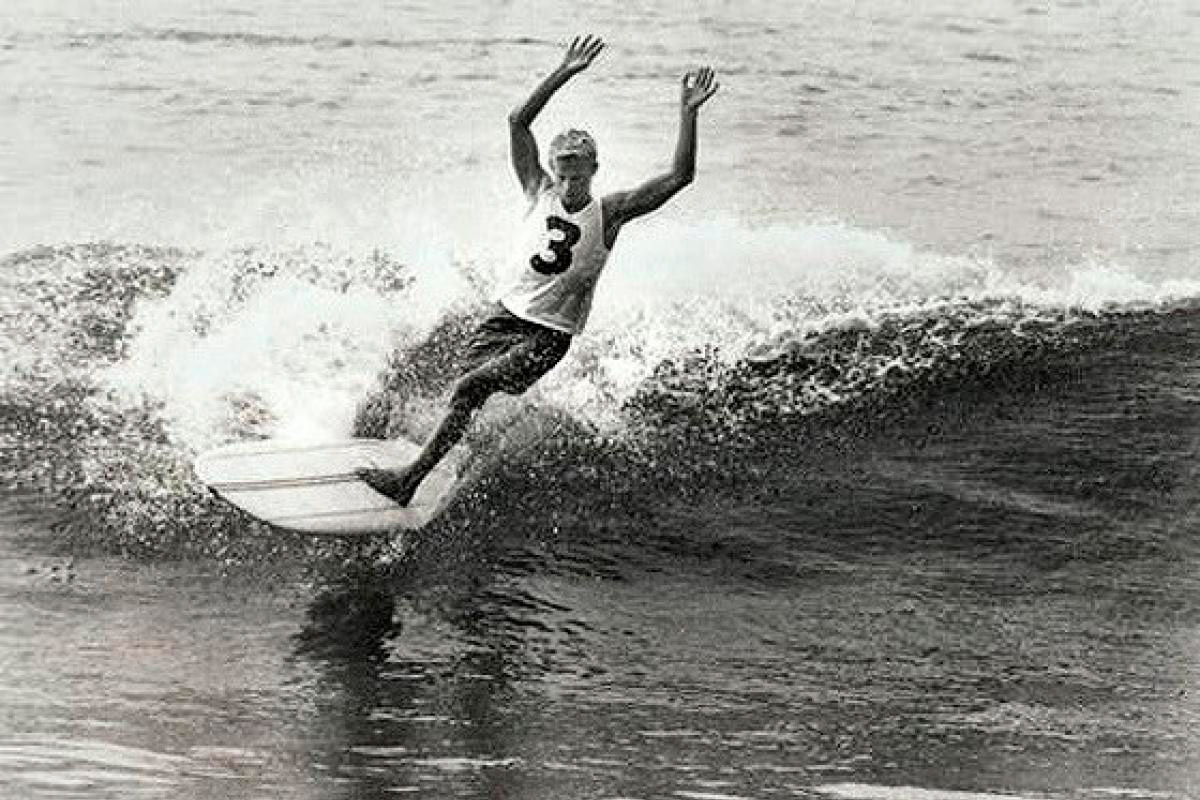
Jack Eden's photo of Midget at Manly World Championships of Surfing in 1964, courtesy Jack and Dawn Eden
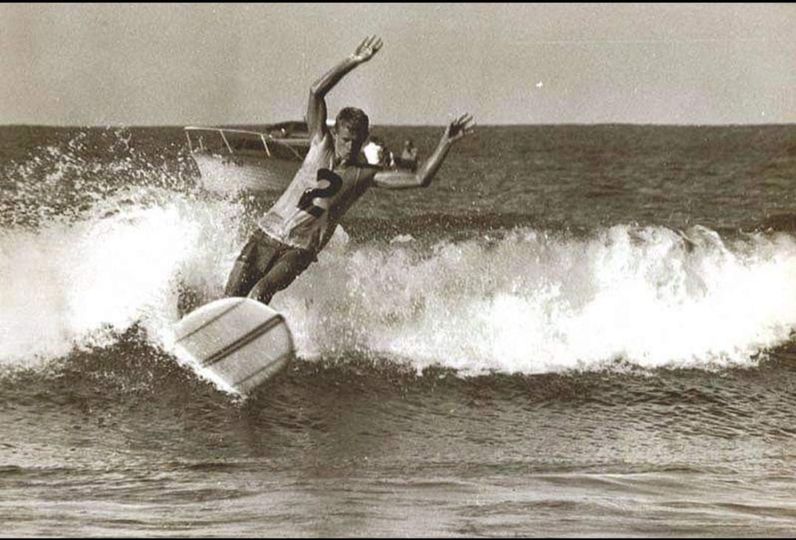
Ron Perrott's photo at Manly World Championships of Surfing in 1964, courtesy Ron Perrott
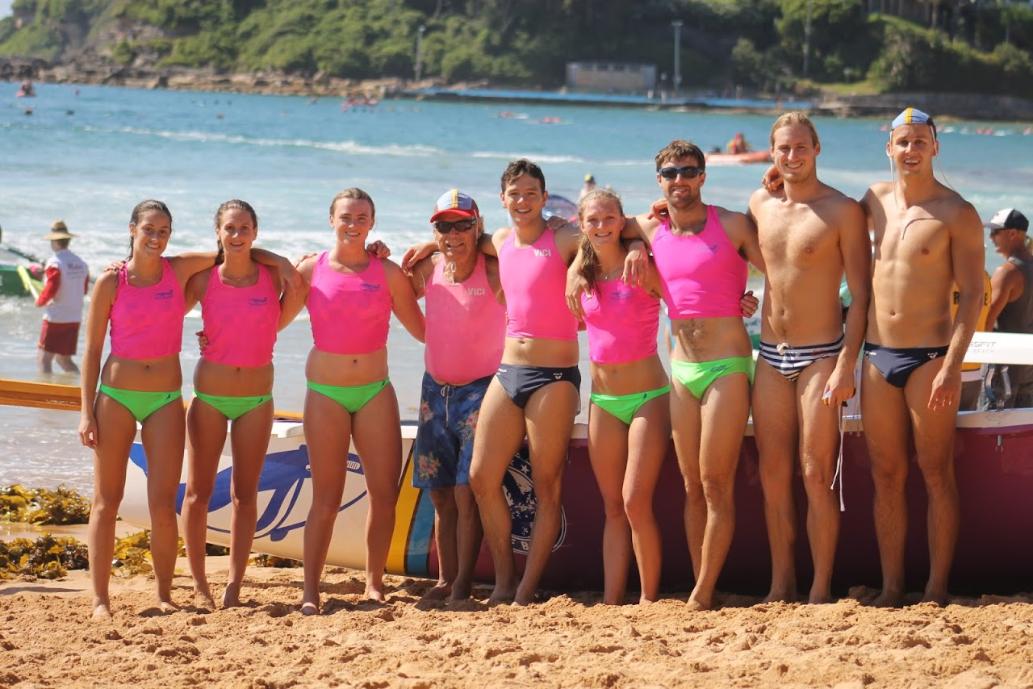
.jpg?timestamp=1471117108932)
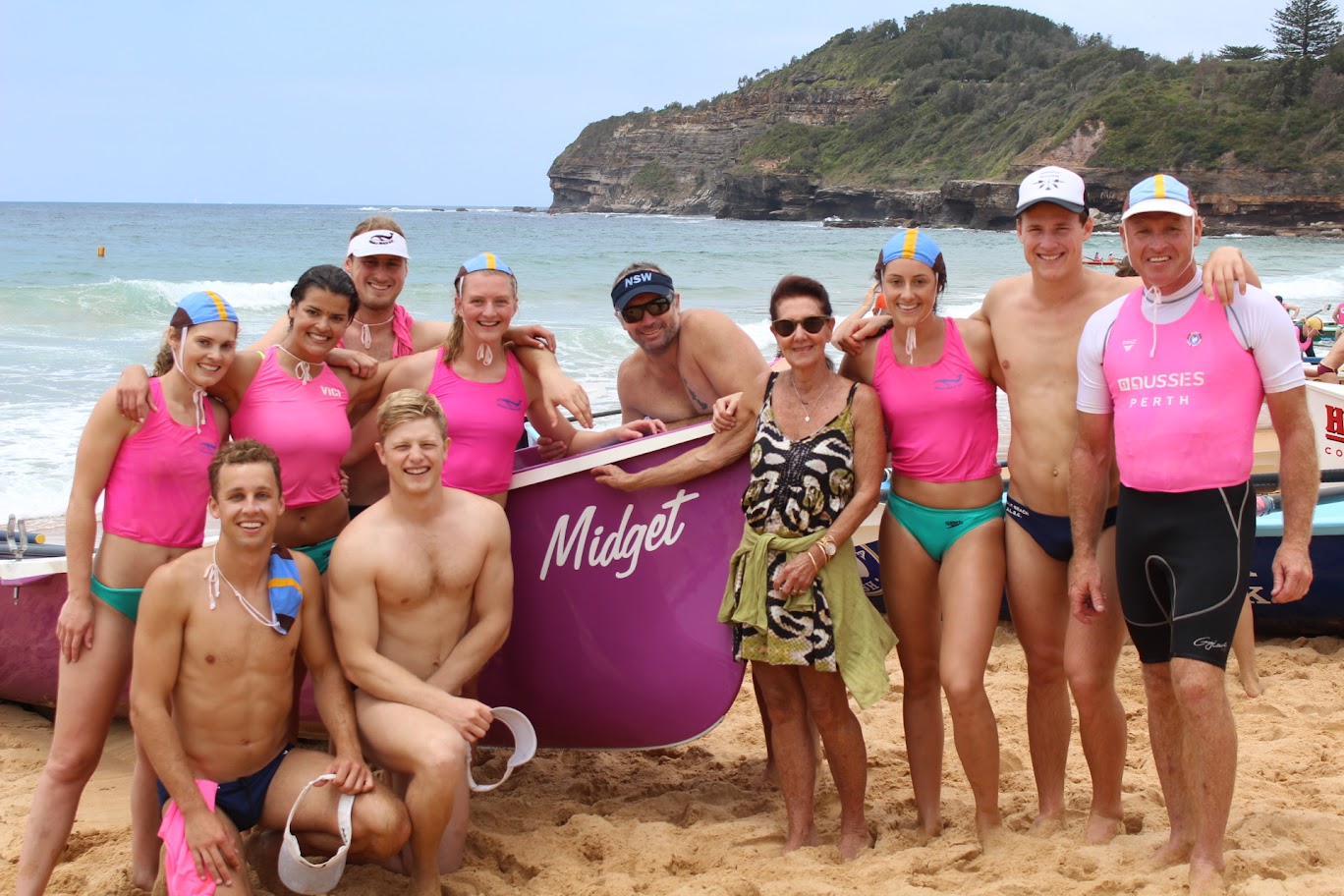
A Few Notes:
Born in Sydney, Farrelly had his first surf experiences at North Bondi beach in the early ’50s. This was the heart of old-style Australian beach culture; the realm of the volunteer lifesaver “surf clubs”, where the country’s few surfers would leave their big wooden boards overnight because they were too heavy to carry home on cars or bikes.
Quickly nicknamed ‘Midget’ for his slight build among the big men of the beaches, a barely teenage Farrelly saw California’s Greg Noll surfing Sydney waves during Da Bull’s lifeguard-sponsored visit in 1956, and realised that you could ‘corner’ on waves. (The Americans gave many demonstrations at Melbourne beaches during that Olympic year and subsequently launched the surf boom.) By 1961, the Malibu-style lightweight boards were being churned out and Farrelly was the Australian surfing champion. In 1962, he went to Hawaii and won the Makaha International championship in 6-foot surf, using a quick, light-footed surfing style, surprising the Hawaiians and Americans by becoming the first ‘outsider’ to win the event.
SURFBOARD WIN TO AUSTRALIAN HONOLULU,
Wednesday (A.A.P.-Reuter)
Australian surfer, Bernard Farrelly of Sydney won the world surfboard riding title to-day. He captured the championship from nine of the most experienced surfers in the world at the end of an exciting international tournament at the famed Makaha Beach in Hawaii. Experts who watched the final said Farrelly won because the conditions suited him better than the other finalists, who were all from Hawaii or California. The finalists had to wait two days until tournament officials decided the waves were good enough to make surfing possible. Farrelly showed remarkable control in his series of rides, building up his points tally, based on the length of ride and form displayed in catching a wave. SURFBOARD WIN TO AUSTRALIAN (1963, January 3 - Thursday). The Canberra Times (ACT : 1926 - 1995), p. 20. Retrieved from http://nla.gov.au/nla.news-article104254829
By 1964 the International Surfing Federation had pulled together the world’s surfing nations to stage a first-ever World Surfing Championships. The venue was Manly Beach. At the time, Australia was hardly the epicentre of surfing but 60,000 people lined the Manly shores to watch Farrelly take the men’s crown ahead of surfers such as Joey Cabell and Mike Doyle. Prior to the championship, Farrelly had won the Australian title.
A sensational stylist, Farrelly was considered unbeatable at his peak in medium surfs but could match the world’s best in any conditions.
Farrelly was arguably the most successful competitor in the world during the 60s, he won the Australian title again in 1965, finished sixth at the 1966 world championships, and lost on a count-back to Fred Hemmings in the 1968 world championship at Puerto Rico to be placed 2nd. In 1966 he also won the Peruvian International Small Waves competition and in 1968 won the Bobby Brown Memorial.
Though always dedicated to the sport, he later became embroiled in a series of disagreements with Australian officials and was banned from entering the 1969 Australian title. He finished second at the 1970 world championships.
He set his own path through the ’70s and much of the ’80s, building a successful blank-making and chemicals business (Surfblanks), getting into alternative sports (he once broke his ankle hang gliding and is a highly skilled sailboarder), keeping a low personal profile, yet always being in the water on the bigger days at North Avalon and other breaks near his Palm Beach home. He learned to shape surfboards and produced two books – ‘A Surfing Life’ and ‘How to Surf ‘.
Midget still ran Surfblanks and spent more time in the water than ever before passing away on August 8th 2016. His public profile remained very low until, inspired by some of the new generation of Australian pro surfers, he began appearing at events and surfing in the legends displays that accompanied some Aussie pro events in the late ’80s. At the 1999 Noosa (Queensland) Surfing Festival, he re-won his 1964 crown in a replay of that event’s final heat.
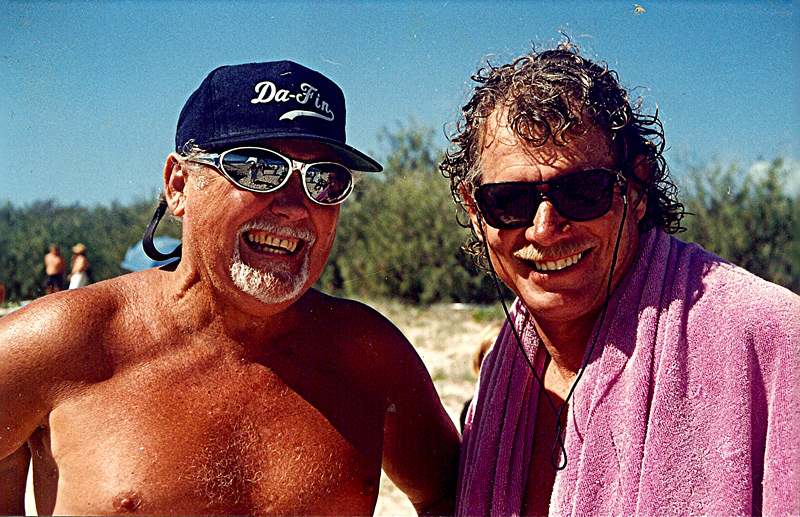
Scott Dillon with Bernard Midget Farrelly at the 64 world titles re-enactment in Noosa. Photo courtesy Ron Turton
Honours & Achievements
2017: Posthumously made a Member of the Order of Australia (AM) for his contribution to surfing
More in:
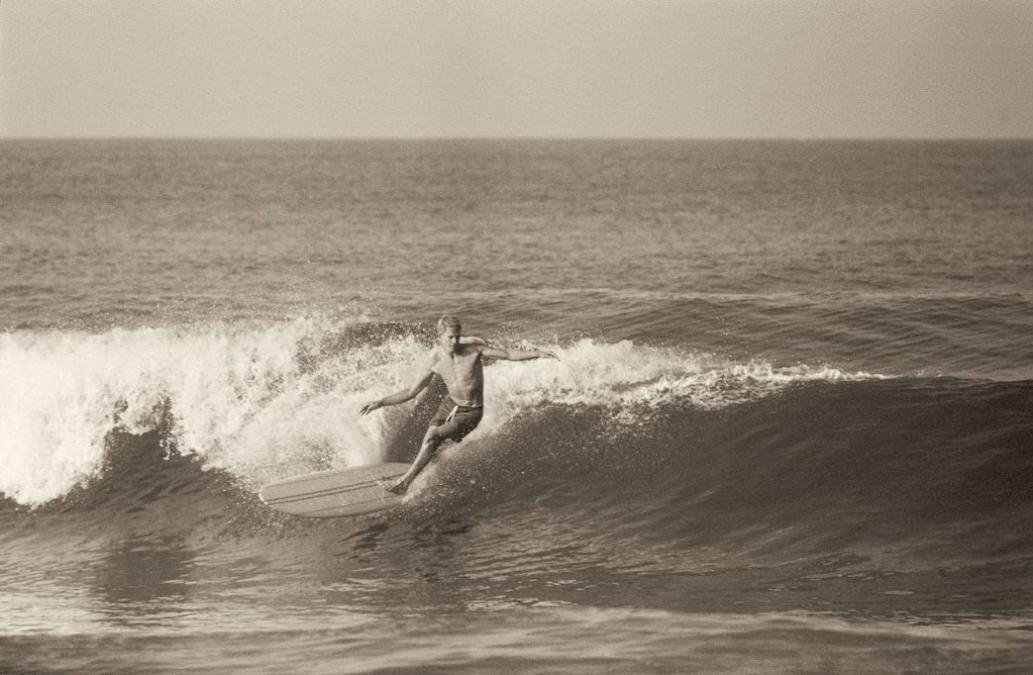
.jpg?timestamp=1658010237874)
.jpg?timestamp=1658010260801)
.jpg?timestamp=1658010281069)
.jpg?timestamp=1658010305125)
.jpg?timestamp=1658010336267)
.jpg?timestamp=1658010360326)
.jpg?timestamp=1658010383706)
.jpg?timestamp=1658010408984)
.jpg?timestamp=1658010473941)
.jpg?timestamp=1658010500646)
.jpg?timestamp=1658010526098)
.jpg?timestamp=1658010557597)
.jpg?timestamp=1658010583414)
.jpg?timestamp=1658010615447)
.jpg?timestamp=1658010650129)
.jpg?timestamp=1658010685947)
.jpg?timestamp=1658010715992)
.jpg?timestamp=1658010744087)
